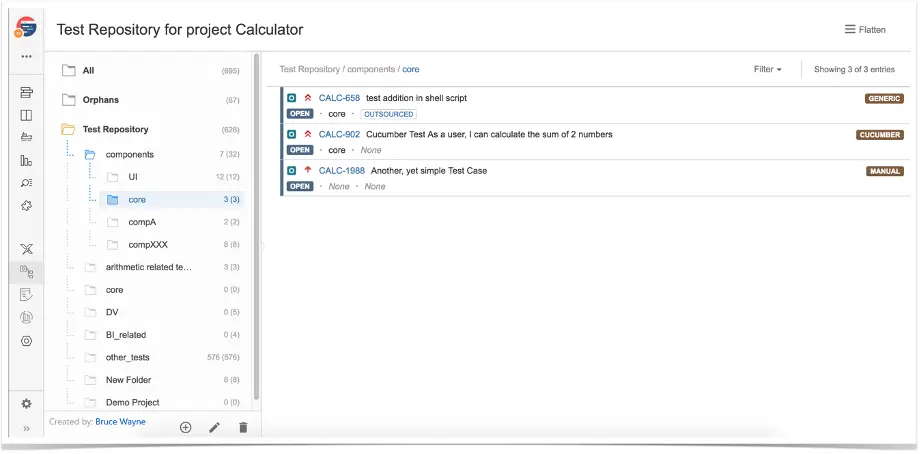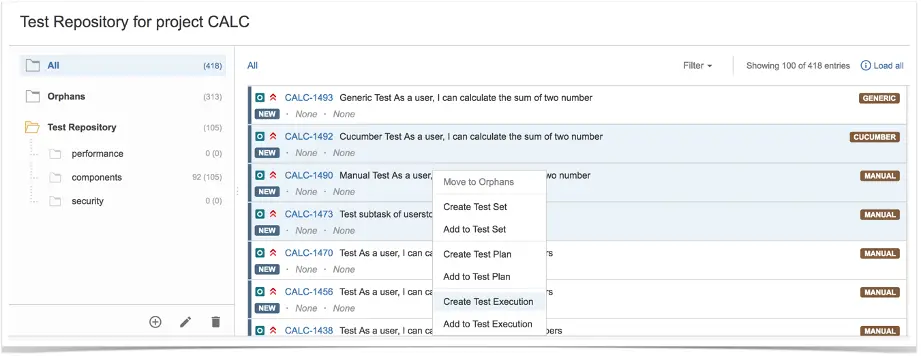In software development, having a well-structured and scalable test management is essential to ensure product quality. Xray for Jira, in addition to its well-known test management functionalities, offers a very useful tool: the Test Repository, designed to bring order to our test suite and prepare it for future automation.
What is Xray’s Test Repository?
The Test Repository in Xray for Jira allows software tests to be organized hierarchically within Jira projects, facilitating efficient management of both manual and automated tests.
The QA team can create folders and subfolders to organize their tests, aligning them either with the functional architecture of the software or with the test strategy defined by the team. This structure is intuitive, since it resembles the way files are organized in any operating system.

What does the Test Repository provide us?
At WATA Factory, we find several advantages in using the Test Repository to improve the organization and quality of our tests:
- Hierarchical structuring of tests: Organize tests into folders and subfolders, making it easier to navigate and locate specific cases. For example, test cases can be segmented by modules, functionalities, versions, or test types.
- Greater visibility and control: The hierarchical organization provides a clear overview of the status and location of each test within the project, improving process monitoring and traceability between requirements, test cases, and executions.
- Compatibility with Agile methodologies and Continuous Integration: Adapts to Agile and CI practices, enabling test management aligned with fast development cycles and continuous delivery.
- Improved collaboration: Functional and technical teams can work in parallel, quickly finding the tests relevant to their scope.
- Scalability: Ideal for large projects with hundreds or thousands of test cases.

Tips to optimize the use of Test Repository
- Design the hierarchy carefully: Plan the folder structure in advance, since each test can only belong to one folder.
- Complement it with Test Sets: While the Test Repository provides a hierarchical structure, Xray’s Test Sets can be used to group tests across projects or based on specific criteria, offering additional flexibility.
Test Repository as a bridge toward automation
Organizing the test suite with Test Repository also serves as a bridge between manual and automated testing.
The QA team can begin by defining manual test cases within the folders of the Test Repository, organizing them according to requirements or acceptance criteria defined in Jira tickets.
As QA executes manual tests through Test Executions, they can identify which ones are most suitable for automation (e.g., repetitive tests, regression tests, or high-risk tests).
At that point, once the candidates for automation have been identified, Xray allows linking automated results to existing Tests through integration with frameworks such as Cucumber, JUnit, or TestNG.
Once automated, the same manual Test can continue to be used to store evidence of execution, simply by marking it as an automated test through the Test Type, while maintaining the same Test Issue in Jira and ensuring traceability.
Test Repository at WATA Factory
At WATA Factory, we consider a tool like Xray’s Test Repository essential for our QA teams. It improves test management in software projects not only by providing order and clarity, but also by making our test suites more scalable and easing the transition toward automation.



